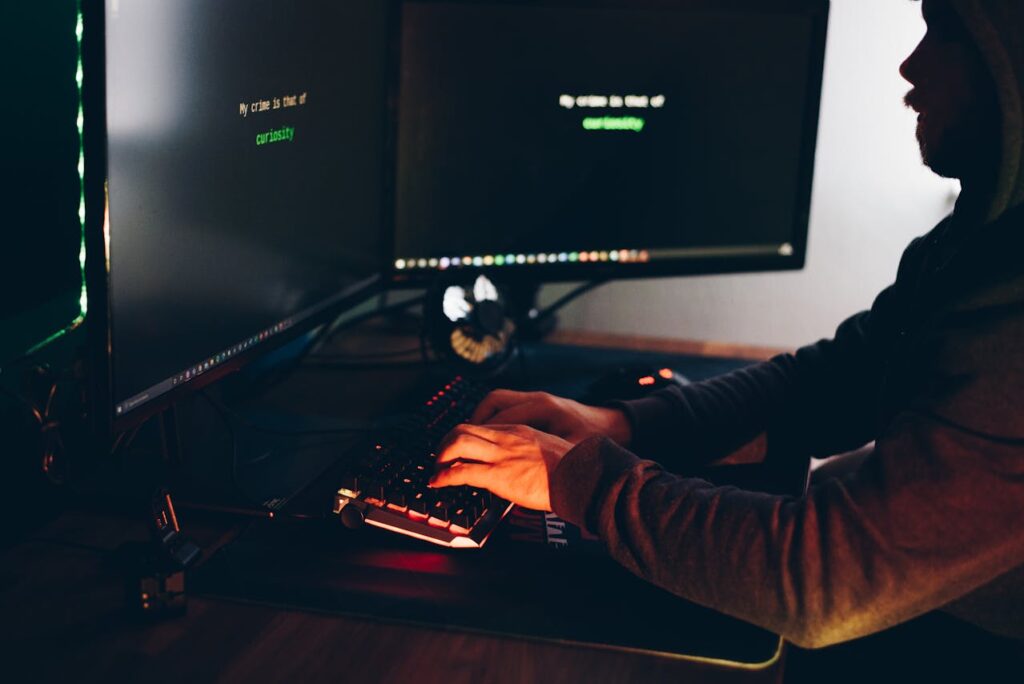What is the Easiest Fix for a Missing DLL Error?
Missing DLL (Dynamic Link Library) errors are a common issue that can prevent software applications from running properly. DLL files are crucial for the functionality of applications as they contain code and data that multiple programs can use simultaneously. When a DLL file is missing, it can cause significant disruption. Here’s a comprehensive guide to fixing a missing DLL error, including methods, tools, and best practices.
What are DLL Errors
Before diving into the solutions, it’s essential to understand what DLL errors are and why they occur. DLL errors happen when an application tries to access a DLL file that is not found in the expected location. This can happen due to various reasons:
Accidental Deletion: The DLL file might have been accidentally deleted.
Overwriting: Installing a new application may overwrite an existing DLL file with an incompatible version.
Corruption: The DLL file might be corrupted due to a malfunctioning hard drive or other system issues.
Malware: Malware can delete or corrupt DLL files.
Step-by-Step Guide to Fix Missing DLL Errors
1. Restart Your Computer
The simplest and often the most overlooked solution is to restart your computer. This can sometimes resolve the issue, especially if the error was caused by a temporary glitch.
2. Check the Recycle Bin
If the DLL file was accidentally deleted, it might still be in the Recycle Bin. Restoring it from there could solve the problem:
- Open the Recycle Bin.
- Look for the missing DLL file.
- Right-click on the file and select “Restore.”
3. Restore System Files with System File Checker (SFC)
Windows comes with a built-in tool called System File Checker that can scan for and restore missing or corrupted system files:
- Open Command Prompt as an administrator.
- Type sfc /scannow and press Enter.
- Wait for the scan to complete. The tool will automatically fix any issues it finds.
4. Use System Restore
If the problem started recently, you can use System Restore to revert your computer to a previous state when the DLL file was not missing:
Open the Start menu and type “System Restore.”
Select “Create a restore point” and then click on “System Restore.”
Follow the prompts to choose a restore point and restore your system.
5. Reinstall the Application
If the DLL error is specific to a certain application, reinstalling that application can replace the missing DLL file:
Go to Control Panel > Programs > Programs and Features.
Find the application in the list and uninstall it.
Download the latest version from the official website and install it again.
6. Update Drivers
Outdated or corrupt drivers can sometimes cause DLL errors. Make sure all your drivers are up to date:
Open Device Manager.
Right-click on each device and select “Update driver.”
Follow the prompts to search for and install updates.
7. Download the DLL File Manually
You can download the missing DLL file from a reputable website. However, this method comes with a risk of downloading malware. Ensure you use a trustworthy site and scan the file with an antivirus program before using it:
Search for the missing DLL file online.
Download the file from a reputable site.
Place the downloaded DLL file in the appropriate directory (usually C:\Windows\System32 for 32-bit systems or C:\Windows\SysWOW64 for 64-bit systems).
8. Use a DLL Fixer Tool
There are several tools available that can automatically fix DLL errors by downloading and installing the missing files. Some of the best DLL fixer tools include:
DLL-Files Fixer: This tool can scan your system, identify missing or corrupted DLL files, and download the correct versions from its database.
RegClean Pro: A tool that fixes DLL errors by repairing registry issues that might be causing the problem.
CCleaner: While primarily a system optimization tool, CCleaner also includes a registry cleaner that can fix DLL errors.
9. Run a Malware Scan

Malware infections can delete or corrupt DLL files. Running a comprehensive malware scan can help identify and remove malicious software:
Use a reputable antivirus program to perform a full system scan.
Remove any detected threats and then try to fix the DLL error using the methods above.
10. Re-register the DLL File
If the DLL file is present but the system is not recognizing it, you can try re-registering it using the Command Prompt:
Open Command Prompt as an administrator.
Type regsvr32 filename.dll and press Enter (replace filename.dll with the name of the missing DLL file).
You should see a message confirming that the DLL file was registered successfully.
Best Practices for Preventing DLL Errors
To minimize the chances of encountering DLL errors in the future, follow these best practices:
Regular Updates: Keep your operating system and all installed applications up to date.
Reliable Antivirus: Use a reputable antivirus program and keep it updated to protect against malware.
Backup Important Files: Regularly backup your system and important files to avoid data loss.
Careful Installation: Be cautious when installing new software, especially from unknown sources.
System Maintenance: Perform regular system maintenance, such as disk cleanup and defragmentation, to keep your computer running smoothly.
Verdict:
Missing DLL errors can be frustrating, but with the right approach, they are often easy to fix. Whether through simple methods like restarting your computer and checking the Recycle Bin, or more advanced techniques like using System File Checker, re-registering DLL files, or employing specialized tools, you can resolve these errors and restore functionality to your applications. By following best practices and maintaining your system, you can also reduce the likelihood of encountering DLL errors in the future.



